Hey there, fellow traveler in the space between.
I’m Maggie, a metaphor-loving artist, passionate about working with spirituality-seeking women who’ve found themselves lost, stuck and broken-hearted.
My Journey Into the Chrysalis
At 44, during the hormonal upheaval of perimenopause, I received my ADHD diagnosis. It was like someone handed me a missing piece of a puzzle I'd been trying to solve my entire adult life.
Suddenly, the overwhelm made sense. The way social events left me depleted for days. The hypersensitivity to sounds, textures, other people's emotions. The need for transition time between activities. The way my brain would hyperfocus on creative projects for hours, then crash into complete mental fog.
But here's what surprised me most: the diagnosis didn't just explain my struggles—it illuminated my gifts. My pattern-recognition abilities. My intuitive understanding of complex systems. My capacity to hold multiple paradoxes simultaneously. My ability to sense what others couldn't articulate.
For decades, I'd been trying to function as a butterfly while still thinking I was supposed to be a caterpillar. The diagnosis gave me permission to stop apologizing for my wings.

The Science of Sacred Dissolution
What fascinated me about metamorphosis wasn't just the end result—it was the middle part that nobody talks about. That phase scientists call "histolysis," where the caterpillar's body literally dissolves into what they call "imaginal soup."
There are no recognizable structures during this phase. No head, no legs, no clear form. Just cellular potential reorganizing itself according to an ancient blueprint encoded in tiny clusters called imaginal discs.
This is where my clients find themselves: in the soup. Feeling formless, unrecognizable to themselves, unable to go back but not yet able to emerge. Everyone around them thinks something's wrong, but actually, the most sophisticated biological process on the planet is unfolding.

Why I'm Drawn to the In-Between
I've always been fascinated by thresholds—the spaces where one thing becomes another. As an art therapist, I work with the place where internal experience becomes external expression. As someone with ADHD, I live in the space between neurotypical and neurodivergent worlds. As a transpersonal psychology graduate, I explore where psychology meets spirituality.
My work exists in these liminal spaces because that's where real transformation happens. Not in the comfortable known or the exciting destination, but in the uncertain, uncomfortable, utterly necessary middle.
What I've Learned From My Own Chrysalis Time
My ADHD diagnosis came during what felt like a complete life reorganization. I was navigating single motherhood, building a private practice, questioning spiritual beliefs I'd inherited, and watching my teenage son become his own person while I was still figuring out who I was.
Everything felt simultaneously too much and not enough. I was grieving the woman I thought I was supposed to be while trying to midwife the woman I was actually becoming.
I learned that you can't think your way through metamorphosis. It's a full-body, full-system process that requires patience with your own timing. I had to learn to trust the dissolution, to let parts of my identity become formless without panicking that they'd never reorganize.
Most importantly, I learned that the imaginal discs—those parts of us that carry the blueprint for who we're becoming—are always there. Even when everything else feels like soup, these essential aspects of our authentic self remain intact, waiting for the right conditions to express themselves.
How This Informs My Work
When clients come to me feeling like they're falling apart, I help them understand they're actually in the most sophisticated transformation process nature has designed.
We work together to:
Create the protective chrysalis conditions necessary for deep change Identify which parts of their identity are ready for dissolution and which imaginal discs are trying to emerge Develop tolerance for the formless phase without rushing toward premature structure Learn to recognize the difference between destructive breakdown and constructive reorganization Trust their own metamorphosis timeline rather than external expectations


My Clinical Background
ATR (Nationally Certified Art Therapist)
LMHC (Licensed Mental Health Counselor in WA and ID)
MA in Transpersonal Psychology with Art Therapy emphasis from Naropa University
My graduate training was unlike anything I'd experienced. At Naropa, we didn't just study psychology—we embodied it. Our "exams" were oral presentations in which we had to demonstrate not just intellectual understanding but also personal integration of the material. Faculty weren't interested in perfect answers; they wanted to see evidence that we were doing our own work.
This Buddhist-influenced education taught me that you can't guide someone through territory you haven't navigated yourself. Every technique I use with clients, every framework I offer, has been tested in the laboratory of my own experience.
BA in Art with Textiles emphasis from Western Washington University
Current member of the American Art Therapy Association
Advanced training in trauma-informed transpersonal psychology
Ongoing study in contemplative practices and creativity as a spiritual path.
Single mother to one teenager who keeps me humble and honest
The Container I Provide
Think of our work together as creating optimal chrysalis conditions. Just as the caterpillar needs the right temperature, protection, and timing for metamorphosis, you need the right therapeutic environment for your own transformation.
I provide a space that's:
Safe enough for dissolution without fear of judgment
Private enough that you don't have to perform coherence for anyone else
Flexible enough to adapt to your unique metamorphosis timeline
Spacious enough to hold paradox, uncertainty, and non-linear growth
Creative enough to work with non-verbal aspects of transformation
My Personal Metamorphosis Continues
I'm not writing from the other side of transformation, claiming to have "arrived" somewhere. I'm writing from inside my own ongoing metamorphosis, still learning to trust the process, still practicing what I teach.
My ADHD brain continues to surprise me with its gifts and challenges. My spiritual path keeps evolving beyond anything I could have planned. My creative practice deepens as I learn to make art that serves transformation rather than performance.
I share this because I believe the most powerful therapeutic relationships happen between two people who understand that becoming is a lifelong process, not a destination.
If You're Reading This
You're probably in your own version of imaginal soup right now. Feeling unrecognizable to yourself, unsure which parts of your old life to release and which to rebuild. Maybe you've been diagnosed with ADHD or autism later in life and everything suddenly makes sense and no sense simultaneously.
Maybe you're questioning spiritual beliefs you inherited, leaving a marriage that looked good on paper but felt suffocating, or watching your children grow up while wondering who you are beyond motherhood.
Whatever brought you to this threshold, I want you to know: the dissolution you're experiencing isn't evidence of failure. It's evidence of evolution.
The imaginal discs of your authentic self have been waiting patiently for conditions that would allow them to express themselves. Your metamorphosis has its own intelligence, its own timing, its own perfect unfolding.
You don't need to figure it out alone.
"And all at once, summer collapsed into fall."
— Oscar Wilde




